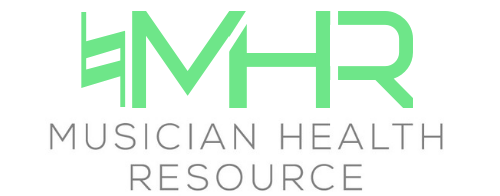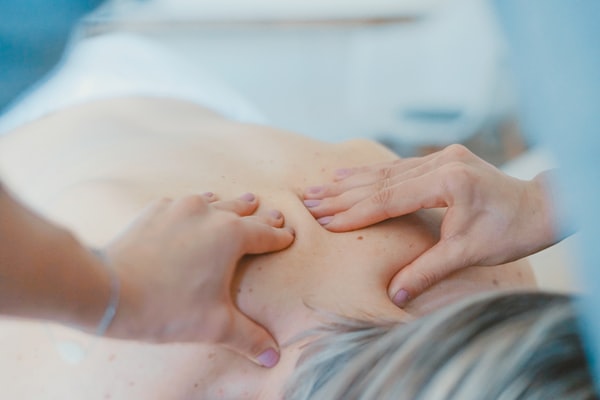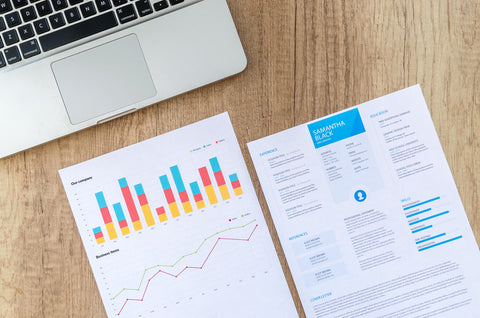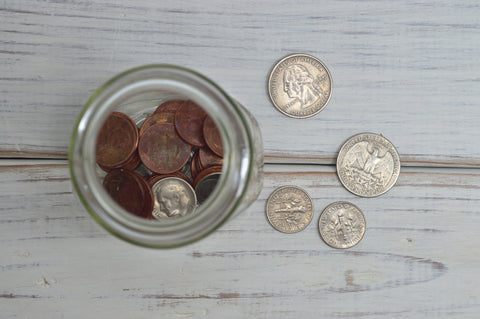This week I went back to massage therapy for the first time since my car accident rehab a little over a year ago. I got in contact with my old massage therapist, who has studied and worked in the ancient traditions of Filipino healing and martial arts, and set up a block payment plan for a reasonable price to go every week for the month of April. While that may seem like an excessive amount of massages or an unnecessary expense, at this point in my physical health, it's not.
There are muscles in my body that have clearly not been moving or functioning properly for years. This lack of proper movement is brought on by physical imbalances (strong right pectoral muscle from bowing, weak left pectoral muscle from not bowing) and the build up of myofascial trigger points (shoulder/neck tension from a hunched position when playing).
To restore a proper range of motion I need to exercise, stretch and strengthen. But sometimes the imbalances are so deeply ingrained into my body that I need to release some of the preexisting tension and have a guide who can help my muscle activate and move in the correct way.
After a massage it is not uncommon to experience soreness. That's because, just like in exercise, a massage is creating small tears in preexisting tissues. Although these tissues are scar-like knots, the principle of breaking them down is still the same. As these knots break apart they also begin to release the toxins that have built up in the muscle fibers. Because these knots previously held the toxins in place by keeping blood from flowing through the tissue normally, you may continue to feel soreness as the muscle continues to heal and fill in properly.
As I begin to break apart knots and increase range of motion and muscle activation in areas of long-standing tension, I need to balance it with proper stretching and strengthening so that the muscle can heal correctly. I've been continuing to rely on basic yin yoga videos that allow me to strengthen through stability and muscle activation as well as improve flexibility. Currently I'm not doing any type of flow yoga that might move too quickly and cause my body to revert to incorrect movements or rely on and strengthen imbalances.
I'm also continuing with my daily 30 second planks, this week moving from forearm to hands. The most obvious point of weakness in my plank was my right glute which has weakened from years of driving as well as my posture while playing cello. The ability to push through my right heel and hold my right leg in proper alignment was shocking and I found that it gave out much faster than my core or back muscles.
This week I'm also adding in a few oblique exercise and stretches to improve range of motion and core stability and beginning to introduce bi-weekly 5ks back in as health and weather allow.
I'm excited to have a start on my year of physical health improvements and I hope many of you will join me on the way. It's time to stop searching for band-aid recovery methods and start fundamentally changing the way we treat our bodies as a way to enjoy career longevity pain-free. If an athlete does it, why not us? So train like an athlete to play like a musician.
Less pain and more music!
Karen








